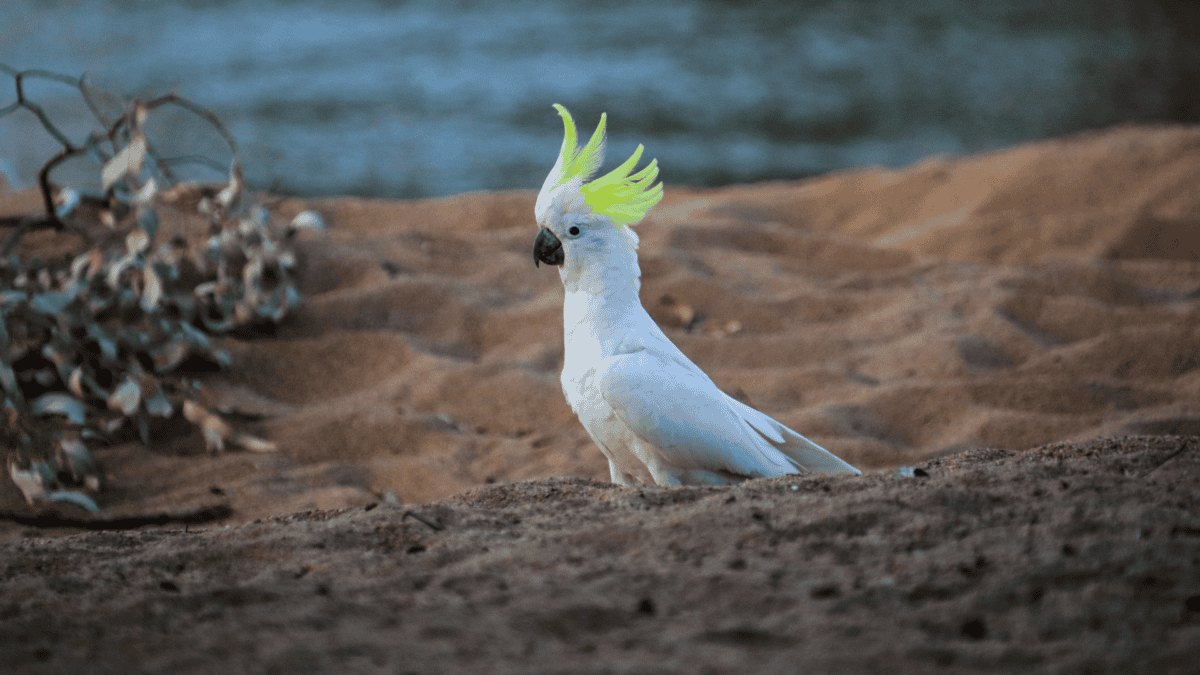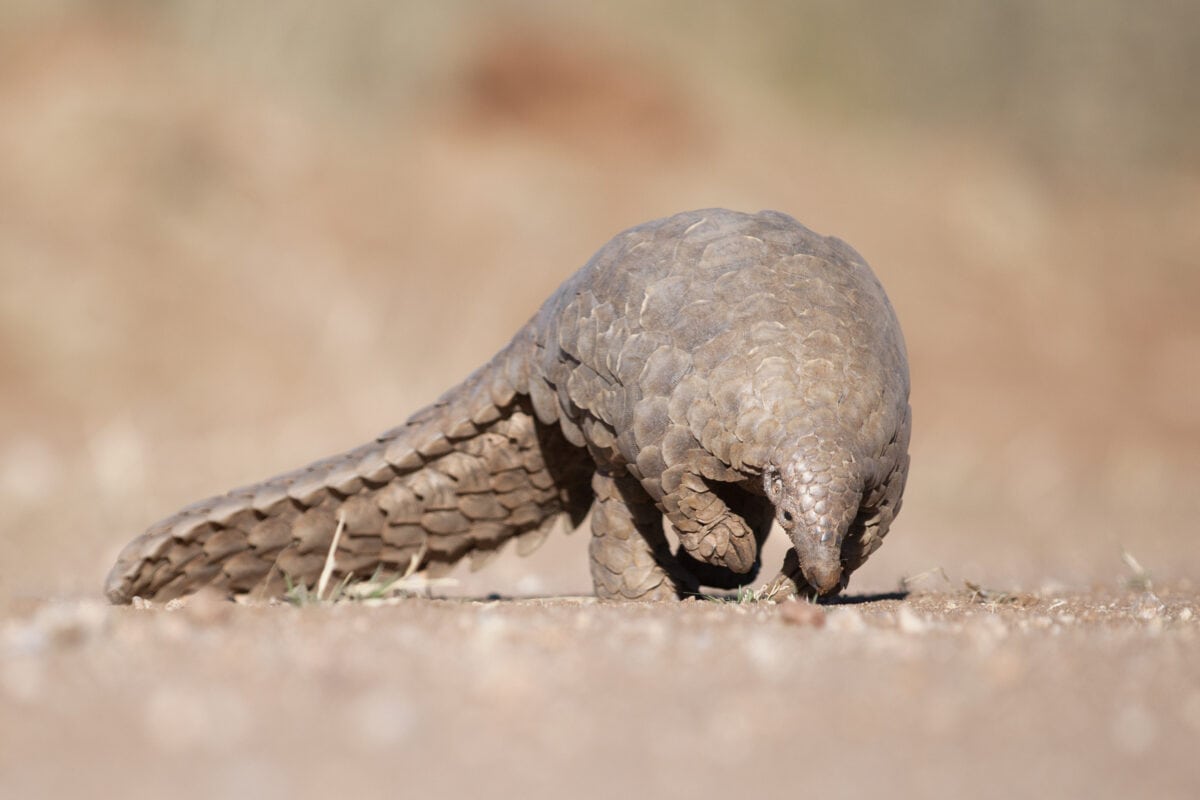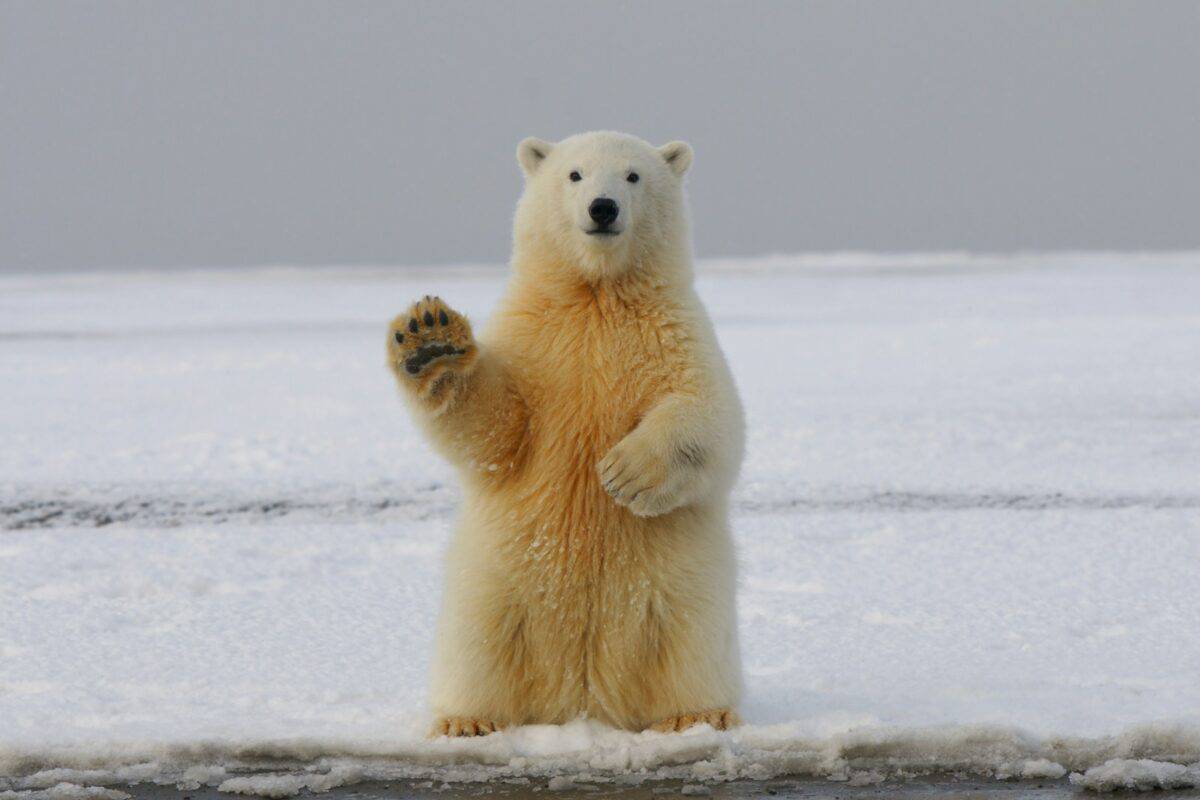Conservation efforts have gained significant attention over the years as global environmental challenges, such as climate change and biodiversity loss, continue to escalate. One critical aspect of successful conservation projects is community involvement. Engaging local communities not only helps in achieving conservation goals but also ensures the sustainability of these efforts. This article explores how communities across the globe contribute to and benefit from conservation initiatives.
The Importance of Community Involvement in Conservation

Community involvement is crucial in any conservation project because it provides a sense of ownership among local people. When communities are included in conservation efforts, they are more likely to support and participate actively, thereby enhancing the project’s success and sustainability. Engaged communities can effectively manage local resources and ensure that conservation measures align with their needs and values.
Building Trust and Relationships

For any conservation initiative to succeed, trust and strong relationships between conservationists and the community must be established. Building trust takes time and involves engaging with community leaders and members, understanding their concerns, and involving them in decision-making processes. This mutual respect fosters a collaborative environment where conservation goals can be aligned with community interests.
Education and Awareness Programs

Education and awareness are vital components of community involvement. Effective conservation education programs help communities understand the importance of biodiversity and ecosystems, empowering them with the knowledge needed to protect their natural resources. These programs can include workshops, informational sessions, and hands-on activities, encouraging a deeper connection between individuals and their environment.
Incorporating Traditional Knowledge

Local communities often possess extensive traditional ecological knowledge that can significantly enhance conservation efforts. By incorporating this knowledge, conservationists can develop strategies that are culturally appropriate and more effective. Traditional practices, when combined with modern conservation techniques, can lead to innovative solutions that respect both nature and cultural heritage.
Developing Sustainable Livelihoods

Successful conservation efforts often include strategies for developing sustainable livelihoods for local people. By providing income-generating opportunities that do not harm the environment, communities can reduce their dependence on destructive practices like poaching or illegal logging. Ecotourism, sustainable agriculture, and artisanal crafts are examples of livelihood strategies linked to conservation.
Empowering Local Leadership

Empowering local leaders is a crucial step in fostering community involvement in conservation. Local leaders can act as ambassadors for conservation initiatives, mobilizing community members and resources. By training and supporting these leaders, conservation projects can benefit from local guidance and expertise, strengthening the project’s impact and reach.
Collaborative Management Models

Collaborative management models involve shared responsibility and decision-making between conservationists and communities. These models allow for joint management of natural resources and usually result in more equitable and sustainable outcomes. An example is community-managed protected areas where locals are involved in monitoring and managing resources, ensuring both biodiversity conservation and community benefits.
Monitoring and Evaluation

Effective monitoring and evaluation are necessary for the success of community-involved conservation efforts. By assessing the progress and outcomes of projects, conservationists and communities can identify successes, challenges, and areas for improvement. This continuous feedback loop supports adaptive management and ensures that conservation strategies remain relevant and effective over time.
Stimulating Youth Engagement

Youth engagement in conservation can have a lasting impact on both present and future conservation initiatives. Young people bring energy, creativity, and new perspectives, making them valuable assets in conservation projects. By providing education, mentorship, and involvement opportunities, conservation programs can harness the potential of youth to drive long-term environmental stewardship.
Addressing Social and Economic Factors

Conservation efforts cannot ignore the social and economic factors that affect communities. Addressing issues such as poverty, inequality, and access to education and healthcare is essential for empowering communities to participate actively in conservation. By improving the overall well-being of communities, conservation efforts can gain broader support and achieve better outcomes.
Success Stories from Around the World

Numerous success stories highlight the power of community involvement in conservation. In Namibia, communal conservancies have allowed local communities to manage wildlife resources, leading to increased wildlife populations and improved livelihoods. Similarly, in the Philippines, community-based marine protected areas have helped restore fish populations and improve local fisheries’ sustainability.
The Path Forward: Strengthening Community Engagement

To enhance community involvement in conservation, it is vital to continue developing strategies that are inclusive, equitable, and culturally sensitive. Building stronger partnerships between conservation organizations, governments, and communities can create a supportive environment for achieving shared conservation goals. Additionally, ongoing support and capacity-building efforts are crucial for ensuring that communities can effectively participate in conservation initiatives.
Community involvement is not just a component of successful conservation efforts—it’s a fundamental pillar. By embracing the knowledge, skills, and aspirations of local communities, conservation projects can achieve lasting impacts and contribute significantly to the preservation of our planet’s natural resources for future generations. Empowered and engaged communities are truly at the heart of effective and enduring conservation progress.
- New Record: The Longest Eagle Flight Ever Tracked - August 24, 2025
- The Most Dangerous US States for Animal Attacks - August 24, 2025
- Wild Lynx Spotted for the First Time in a Century - August 24, 2025

